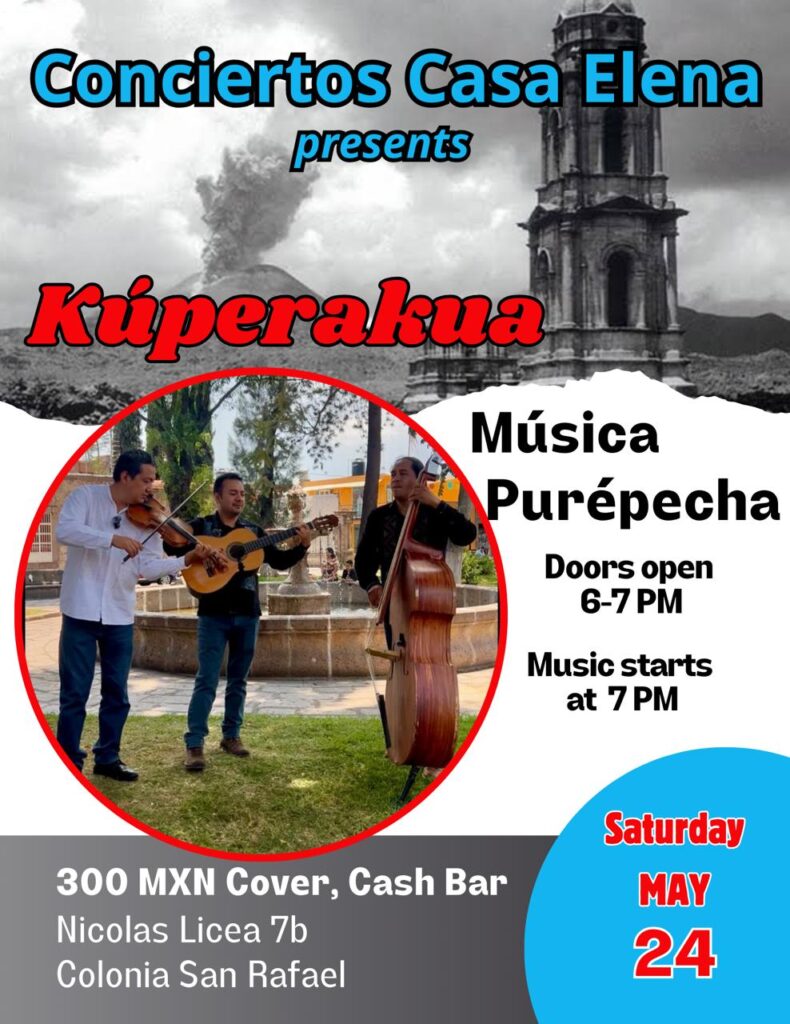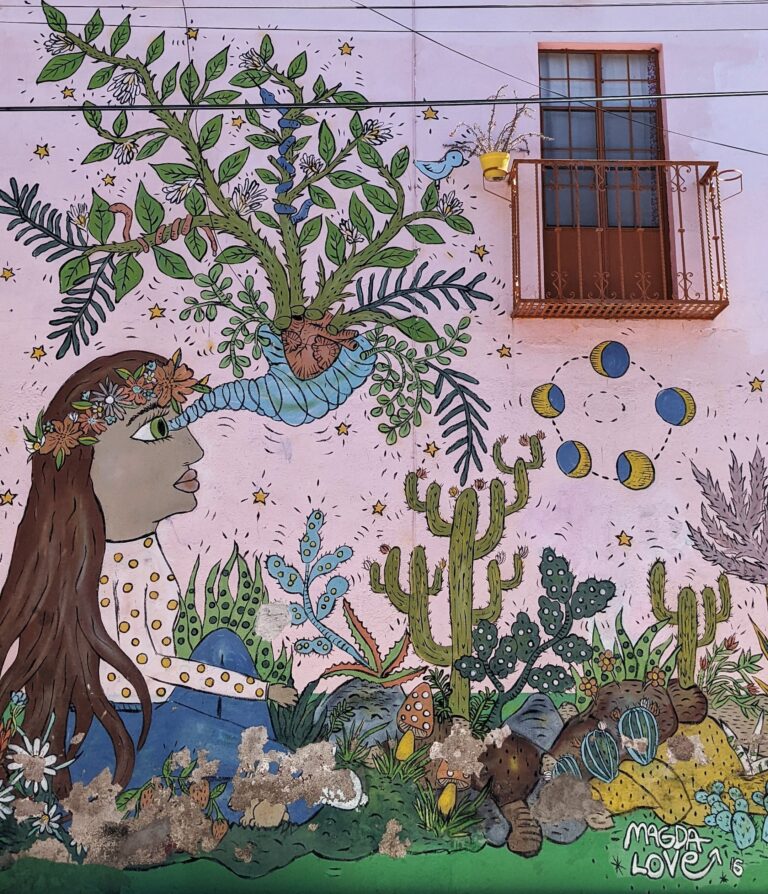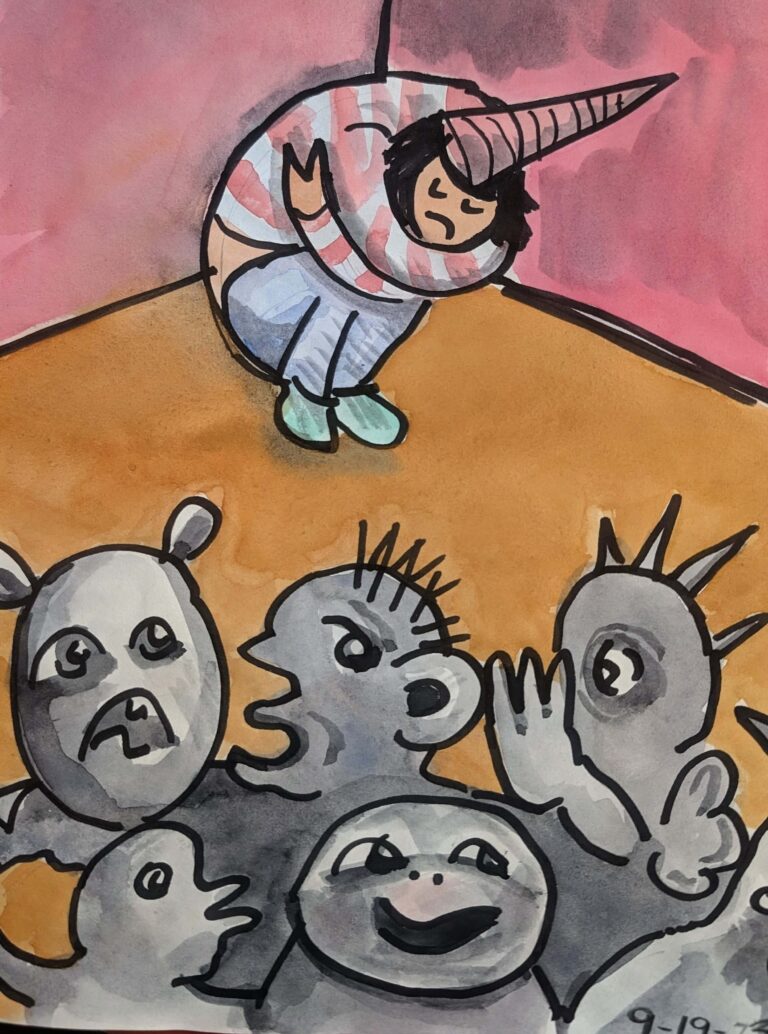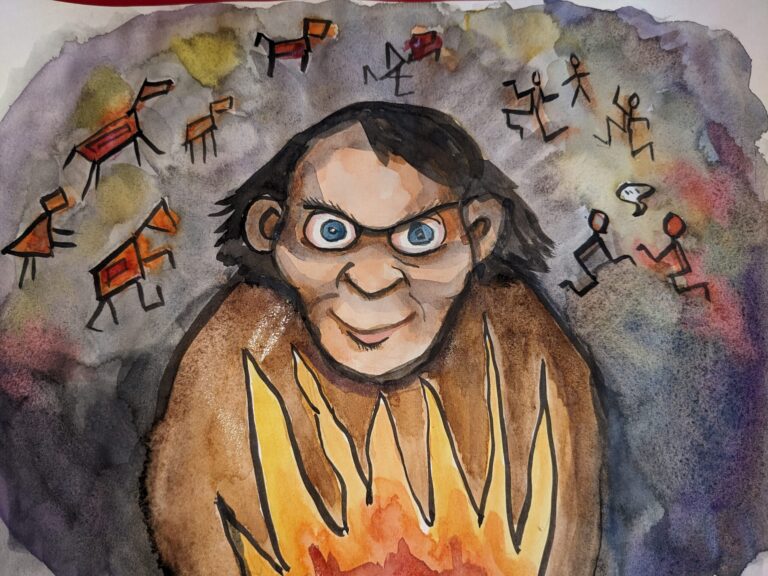When I enthuse that our May 24 house concert features the group Kúperakua playing Purépecha music, many of my fellow gringos ask, what does Purépecha mean?
So here’s some context to help you appreciate what’s going to be an amazing show.
Purépecha is a language and an ethnic group, one of Mexico’s pueblos originarios. Their capital was located in Tzintzuntzan, outside of present day Patzcuaro. They were known for their metalworking and distinctive architecture, such as yacatas, pyramids whose rounded stacks are reminiscent of wedding cakes. By the 14th Century their city state took up most of what is now Michoacan and part of Guanajuato. The Purépecha were enemies of the Aztec. While the Aztec’s merciless conquest of their rivals earned them a lot of enemies (and gave the Spanish invaders a lot of allies), the Purépecha created a more diplomacy-based tributary state. When the conquistadors reached Tzintzuntzan, Purépecha leaders negotiated with them too, showing a savviness that some credit with the relative endurance of their language and culture.
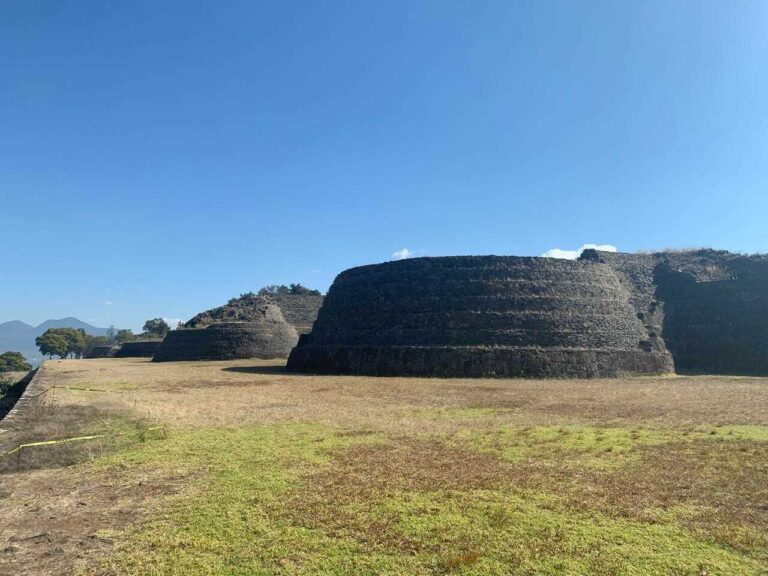
Not that there hasn’t been a lot of discrimination, the members of Kúperakua report. Violinist Juan Zacarías Gomez and stand-up bass player Huver Felipe Ruiz both had parents and grandparents who spoke Purépecha, but their elders didn’t teach the language to them when they were kids. “They didn’t want us to experience the same discrimination that they did,” Zacarías said. Official state language ideologies have shifted since their youth, and they report that their children are learning Purépecha. Both men live in smallish, Purépecha-majority towns near their extended families, which helps with language acquisition.
Guitarist Eric Cruz, on the other hand, grew up speaking Purépecha as his first language, only learning Spanish later. He has since moved to the capital city Morelia for work, where it’s been harder, he says, for his daughter to continue practicing his mother tongue.
Despite differing relationships to nativity in the spoken language, all three members of Kúperakua grew up immersed in the idioms of Purépecha music. Felipe describes how a cousin who was a professional musician fostered his enthusiasm. Zacarías relates that going to church and hearing its music turned playing it into the only thing he wanted to do. Cruz talks about how his grandfather used to hole up with his buddies on weeks-long benders where they played music and sang pirekuas, which are Purépecha love songs. The young Cruz would sneak in with his guitar and strum and sing along with them.

Zacarías remembers that when he met Cruz, he was playing in a rock band and sported a rockero haistyle. (Zacarías still teases Cruz about that youthful folly.) They made a trade: Zacarías taught Cruz how to play the violin and Cruz taught Zacarías how to sing pirekuas.
The trio has been playing music together for either 26 or 28 years, depending on which member you ask. They’ve played under other names, once touring the United States and making an appearance on Good Morning America in Miami. “Magic Johnson was in the studio that day,” Felipe recalled. Later they played SUNY Buffalo, which at the time had no Mexican students. As Zacarías remembered it, “Only those two coeds from Colombia could understand us.”
Over the years they moved farther away from each other for work and family, joining the line ups of other musical projects. Cruz works for the government in Morelia, assessing the needs of Purépecha communities around Lake Patzcuaro. Felipe became a high school biology teacher in his hometown of Tiríndaro, and Zacarías teaches music at the Universidad Intercultural Indígena de Michoacan in Pichátaro. But they kept running into each other at festivals and shows, and when they did, these old friends couldn’t help but get together and play. The new name of their reformed group, Kúperekua, means reencuentro or reunion in Purépecha. “We just keep getting back together,” Zacarías remarked.
During the May 24 event, they will be sharing several genres of Purépecha music. Music professor Zacarías breaks down some of the main ones that you will hear:
Abajeños: These instrumentals sound alegre; they are fast and for dancing. Here’s Kúperakua playing the abajeño known as “Tío Lagos.”
Sones: Also instrumental, these pieces have a slower rhythm and more somber feel. Here’s Kúperakua playing the son “La Serrenita,” or woman from the Sierra.
Pirekuas: If it has lyrics, then it’s a pirekua. Traditionally, these love songs compare women to flowers, but they also make mention of beloved features of the landscape of Purépecha country, which is studded with mountains and lakes. Pirekuas can be sung in the chipper rhythm of an abajeño or accompanied by the more stately pace of a son. This example of a pirekua comes from the audio of a Kúperakua after-party jam. The video has been replaced by images from trips in and around Patzcuaro to protect the innocent.
There are many other types of Purépecha music: pieces that can only be played while walking, music only played at certain festivals once a year, genres specifically for funerals or weddings or religious processions. Música Purépecha is deeply tied to people and place, to context and community. As Cruz remarked,
“as many of my compañeros say, this music isn’t even music. It’s a poem. Or it’s a way of life within the community. It’s in all of the rituals and celebrations, in all the family gatherings. Music has been and always will be present.”
May you be present when Kúperakua comes together to share their love of this vibrant musical tradition at Conciertos Casa Elena next Saturday May 24.
P.S. Shout out to my collaborator Jared Jimenez, whose enthusiasm, knowledge and connections has made this season dedicated to the traditional music of Michoacan at Conciertos Casa Elena a reality. Jared interviewed the band with me, edited the videos, shared his images, made the flyer and patiently answered my endless questions.
P.P.S. This is the second part of a two part series about Purepecha music. Read part one here.

